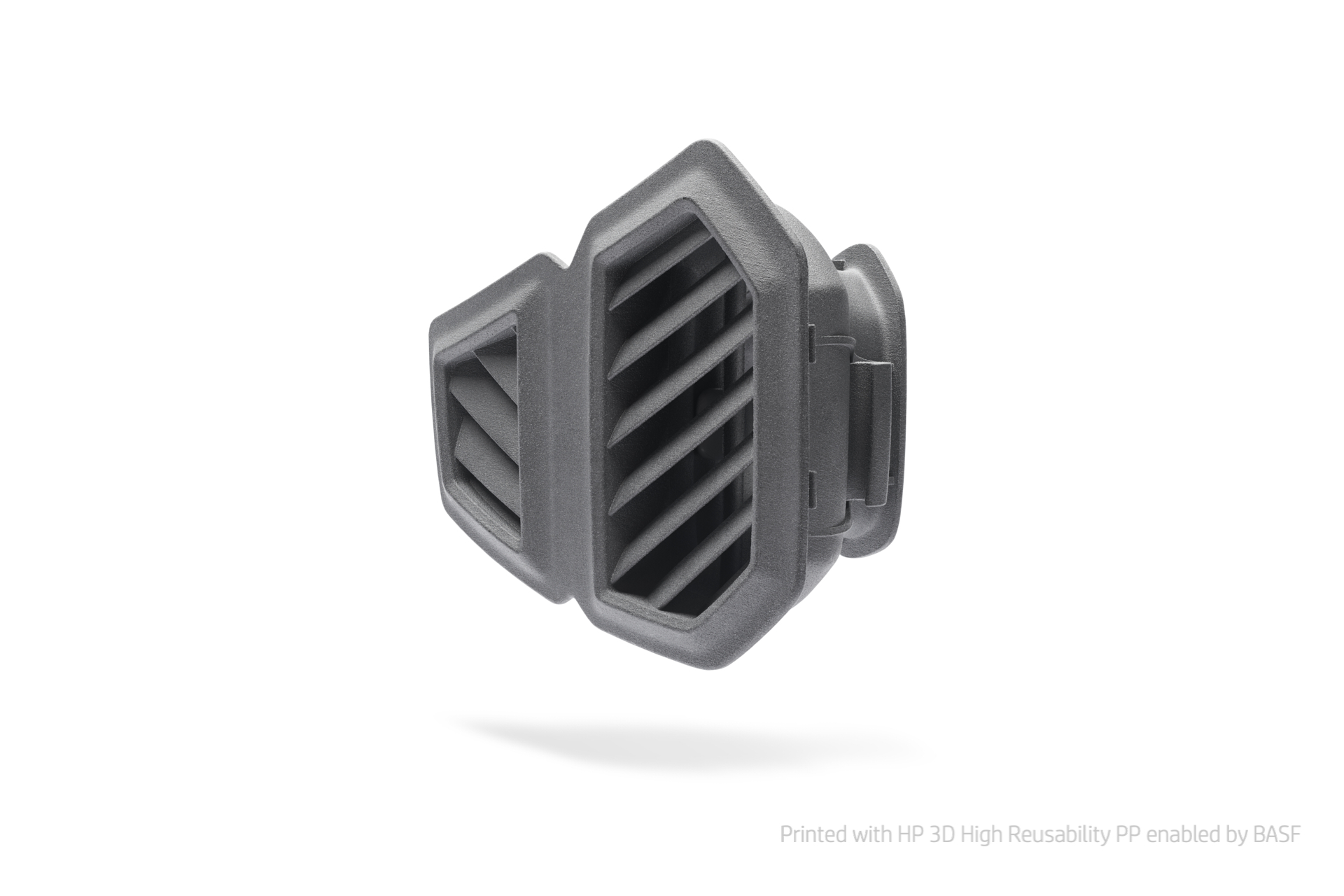Eggshell molding is 3D printings hidden gem application. Eggshell molding is a sacrificial technique where a thin mold is printed and then material is injected into the mold. The resulting mold is then broken away.
Creating the eggshell mold is relatively simple; a CAD user creates a positive 0 set on the external surface of the model, then removes the original CAD to leave a hollow shell. The resulting shell is, typically in the 3D Systems Figure 4's case, 0.3 mm thick. The CAD designer will then add features to allow the injection of the material and some vents to prevent air pockets.
The shell is then printed using Figure 4 standalone and the specific eggshell molding resin 3D Systems has developed, "Eggshell-AMB 10." The Figure 4 EGGSHELL-AMB 10 material is specifically engineered for the eggshell molding process. A material like silicone can then be injected in using a syringe and the shell is then broken out with ease by hand because of the elastomeric properties of the usual end-use material.
- For casting silicone parts in any durometer
- Elongation at break: 5%
- Tensile modulus: 2765 MPa
- Impact strength (notched Izod): 15 J/m
- Heat Deflection Temperature @ 0.455 MPa: 89°C
For a quick look at the Eggshell -AMB 10 material properties, review the link:http://infocenter.3dsystems.com/materials/material-library/figure-4/figure-4-eggshell-amb-10






